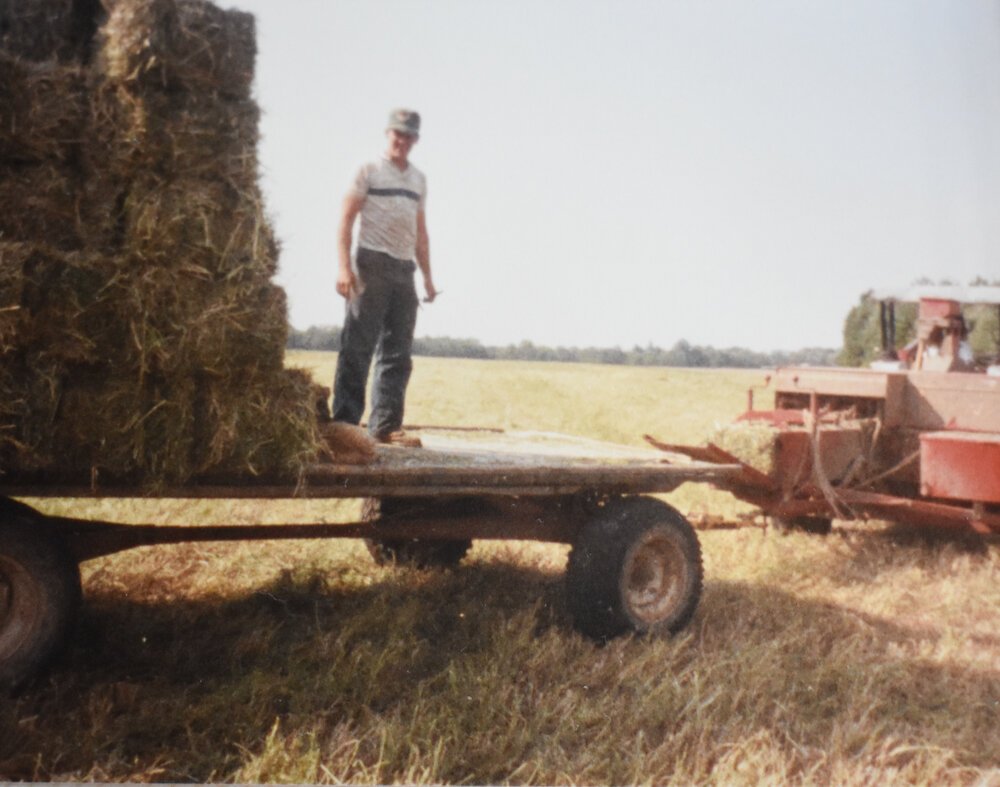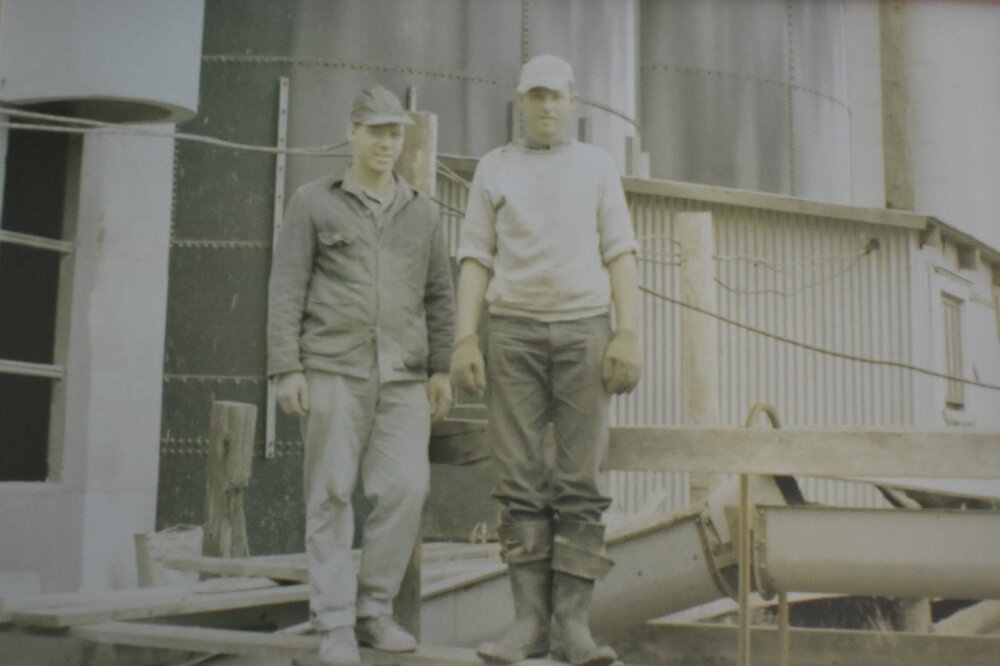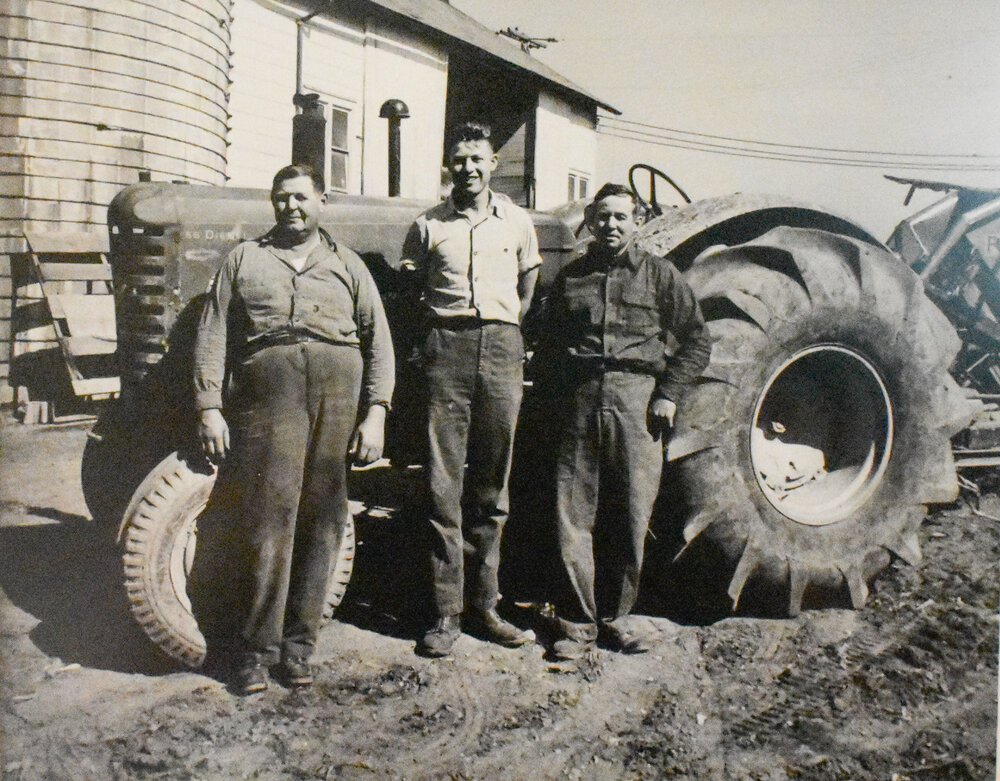Where it all began
The Story
It starts with a 137 mile trek across Ohio by horse and wagon…
In 1903, Thomas Arthur (T.A.) Denman left his home in Morrow County, Ohio to begin a new life in Cortland, Ohio. T.A. purchased a 200-acre farm and traveled 137 miles by horse and wagon to see his newly acquired land. His wife, Suzie, and his two eldest children, soon joined him once the homestead was set up. T.A. farmed these acres the old fashion way... with horsepower (actual horses) and manpower. In 1916, T.A. expanded the farm by building a new barn to house livestock. This barn was constructed using wood from the land and slate was used for the roof. This barn still stands today and is still used in current farm operation.
The Denmandale Dairy barn built in 1916 still stands today.
T.A. got into the milking business by purchasing several registered Holstein cows, and thus the dairy began. His sons Randolph (Tub) and Daniel continued his legacy. The dairy started out slow, milking cows and placing the milk in cans. On average they would fill 44 cans a day. These cans would then be held in a cold room until it was picked up by the milkman or dairy corporation to deliver to the community.
The Denmans continued to grow the herd and over the next 100 years, the farm evolved along with technology. By the 1940s, the dairy had a bulk tank to hold the milk and keep it cool instead of storing cans in the cold room. They also added vacuum lines for milking which reduced the amount of time spent milking the cows. Milk was placed into buckets then dumped into the bulk tank. At this point, the herd size was about 80 head.
In the 1950s, the vacuum lines were hooked up to the bulk tank, making the milking process more efficient. In 1970s, a big step was taken to modernize the dairy and they built a Double 8 milking parlor. This allowed two people to milk up to 16 cows at the same time. The herd grew to about 130 cows during this time, and it took upwards of 3 hours twice a day to milk the cows.




In 2012 the most advanced technology was brought onto the farm as the farm became the first to have a DeLaval robotic milking facility in Ohio. They built four robotic milking stalls and another free flow cow barn. Cows would no longer need to be taken from their barn to the milking parlor twice a day. They could be milked whenever they wanted. The robotic milking system also reduced the amount of time cows spent waiting to be milked and being moved between the barns. This gave them more time to do what cows do best: eat, sleep, and chew their cud. Today the dairy has six robotic milking stalls within the same free flow barn. On average, 185 cows are milking themselves each day.


